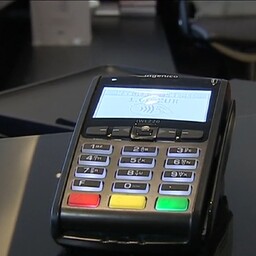Last year, fraudsters stole 2.3 million euros. This year, they have already stolen 6.1 million euros. There are also more cases.
In the first eight months of this year, 457 bank fraud cases were registered. The average loss was 13,500 euros. Last year, the average loss was 5,000 euros. In June, the largest loss was recorded – over 2 million euros.
Fraudsters now speak more in Estonian. They use artificial intelligence to make themselves more convincing. They claim to be from the bank. They ask for personal information and PIN codes.
Often, fraudsters say that someone tried to take out a loan. Or they say that there are suspicious transactions on the account. They ask for the personal identification code, username, or a photo of a document. Sometimes, they request remote access to the computer.
After that, fraudsters steal money. They take out loans in the victim’s name. Sometimes, they pose as security workers or operators. They say that the contract needs to be renewed or the account is at risk.
In the summer, there were many cases where calls were made regarding Omniva packages. Fraudsters said that the package was waiting and needed the personal identification code. Sometimes, they said that the electricity meter needed to be replaced and asked for the PIN code.
After some time, fraudsters call again. They say that there are suspicious transactions on the account. They ask to transfer money to a secure account or to give the card and money to the courier.
Banks never ask for PIN codes. They do not ask to make a transfer to secure the account. Government agencies and couriers do not collect cards or money.

